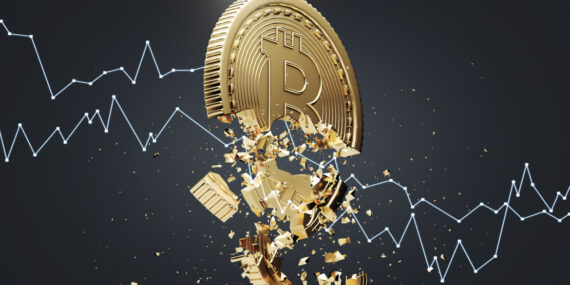In Native Hawaiian, Kaiko’o means “swirling waters” which is a fair description of life itself, and mine. The double meaning is intended. A beautiful Point that inspires harmony and solitude, but also synchronicity of calmness and beauty. It is also a place to contemplate “the point.” The swirling waters of life are there somewhere, but, looking at the present, if I seize it accurately as V.S. Naipaul admonishes, it is unclear what it can foretell, if anything. But life’s dramatic and unexpected change keeps us vital and longing to see what will happen next. To experience, to travel, to be a loose-fitting component to a tightly fitted place. China, Britain, or anywhere where one can be a loose component and absorb the unique experiences of societies and cultures where we will never fit. A magnificent blur in the distance, the sun is setting at Kaiko’o. While the sunset beckons, I am not finished. It is easy to give up sometimes, especially when one feels tired, abandoned, and, like many, the best is behind me. What is the point of continuing? Like The Point, the point is to go on. One is never finished. The realm of the Gods will come fast enough.










